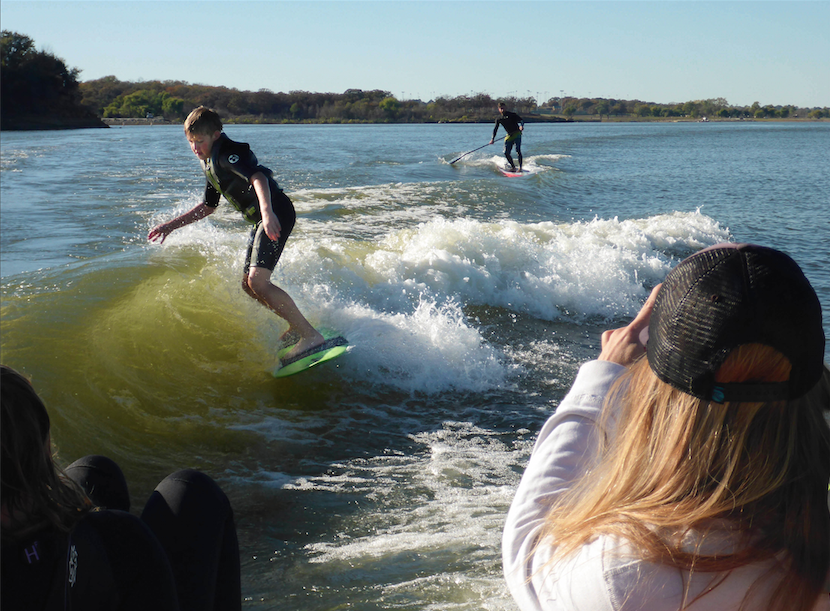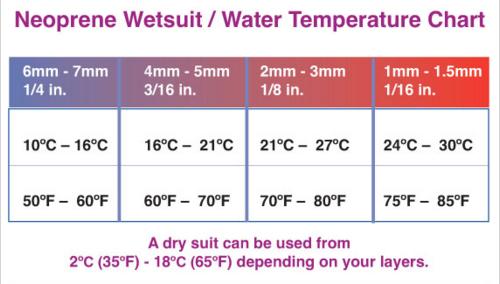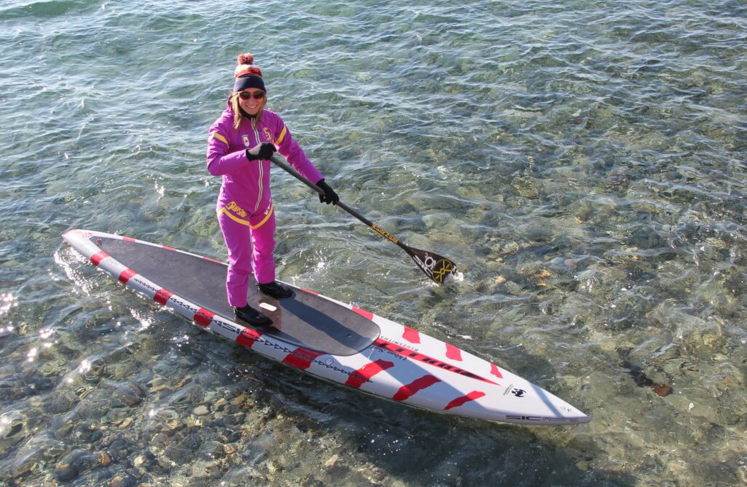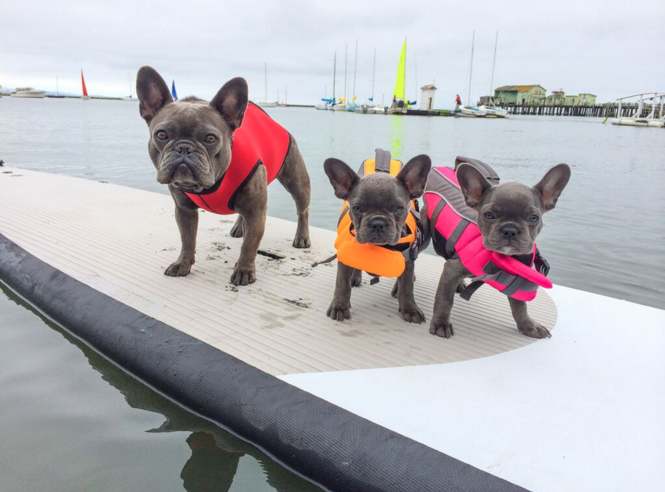Both wetsuits and drysuits are used for thermal insulation from cold, winter air and water temperatures and in the inland surf sports world are very popular for year round river surfing, winter time wakesurfing and whitewater standup paddleboarding. Both are designed to keep you warm and the main difference is in the material and functionality.
Wetsuits are made of rubber neoprene and are designed to keep you warm when wet, but unlike drysuits, they are not waterproof. So, if you have a loose fitting wetsuit you will get cold. Wetsuits that are skin-tight are ideal for cold water surf sports because they allow you to be more athletic than drysuits.
Drysuits, on the other hand, are completely waterproof, but not designed for warmth if used alone. Drysuits keep all water out completely like a shell and fit loosely like a big ski jacket. Drysuits have been primarily used for kayakers and divers, but now used for standup paddling and even wakesurfing. New technology like SUPSkins have created drysuits with wetsuit sport-fitting functionality.
Chart and more info available at standuppaddleboardingguide.com
When should you wear a wetsuit vs. a drysuit?
In most cold water conditions a wetsuit is more favorable for performance in the water, while drysuits are more favorable out of the water. Why? Because of restriction. For in the water activities think wetsuit because they are meant to fit skin tight. Think about swimming in a drysuit versus a wetsuit, which suit will allow for more speed and greater maneuverability? For those who do not want to get any cold water on their skin and do not necessarily care about restriction, then a drysuit is a great option because of its waterproof characteristics. In extremely cold conditions when normal wetsuit movements become restricted by the temperature, then drysuits would be more favorable.
- When it's cold think wetsuit for: surfing, wakesurfing, riversurfing (in the water activities)
- When it's extremely cold think drysuit for: kayaking, whitewater paddling, taking action photos in the water (out of the water activities or in extreme cold conditions)
For extreme winter standup paddleboarding conditions a drysuit is a great choice because you can add additional layers of warmth beneath the suit.
Lina Augaitis rockin her SUPSkin drysuit (A new type of drysuit with a focus on performance). Photo- Andrew Dye
Wetsuit Tips by Todd Johnson:
- The wetsuit seams are very important to keeping the warmth inside the suit. Taped seams leak less than stitched ones and a rubber coated/welded seam is the best.
- Flexibility is key especially when buying a thicker suit (say over 3/2mm). Don’t buy too thick of a suit if you don’t need it, check your water temps and buy the right suit for the conditions.
- Different brands have different cuts. For example, one brand’s Medium Tall (MT) might be another’s Large (L). Always try suits on whenever possible to find a suit that fits your size and body type.
- Exposed stitching, cheap or dried-out neoprene, and improper sized suits will give you wetsuit rash and will make you very uncomfortable in and out of the water.
- SUPPORT YOUR LOCAL SHOP
BE SAFE- (With the Right Suit and Jacket) and HAVE FUN!
Chicken and the McNuggets wetsuit and life jacket ready. Photo- Tara Arrowood Photography




